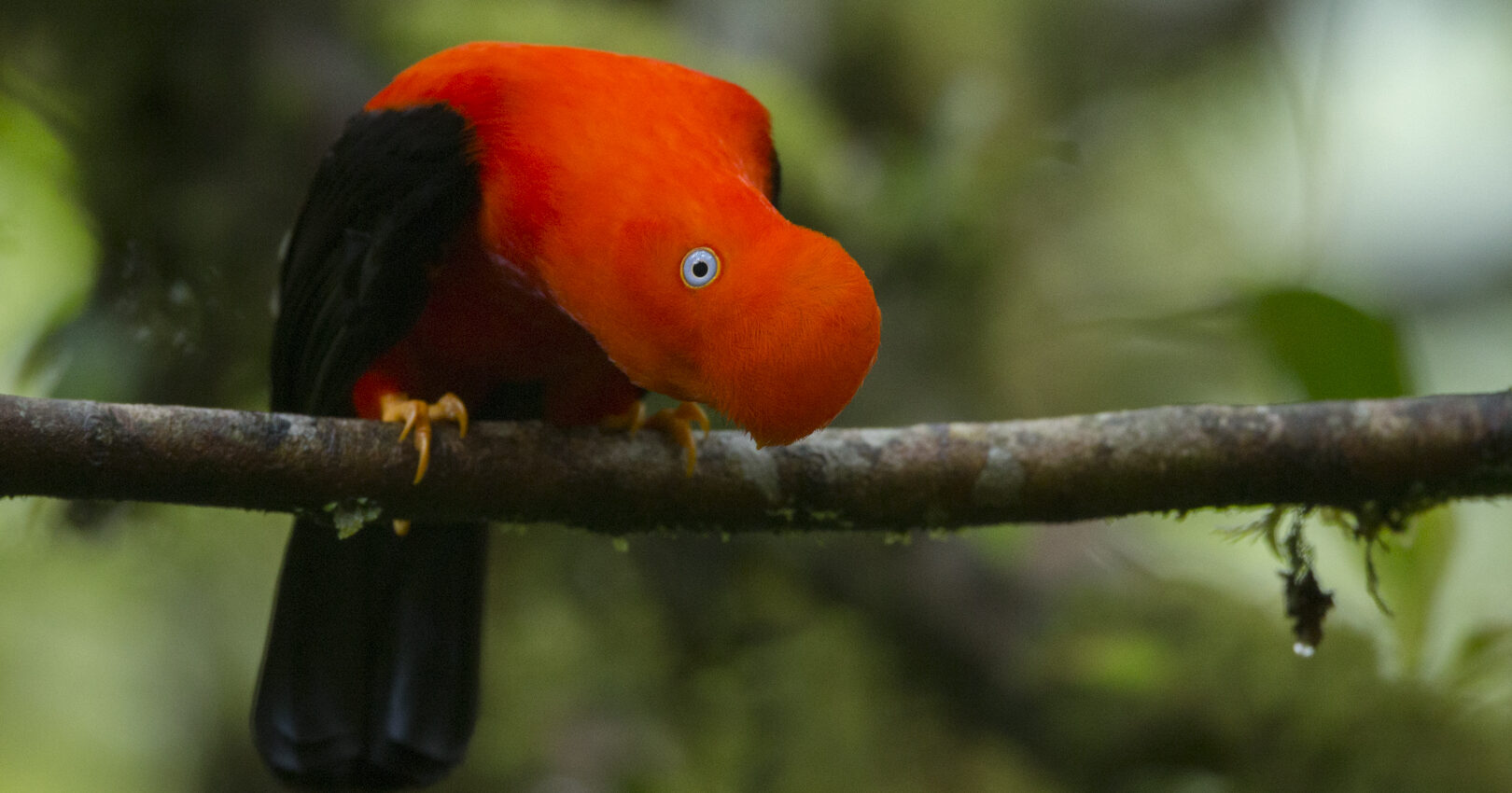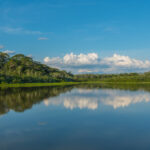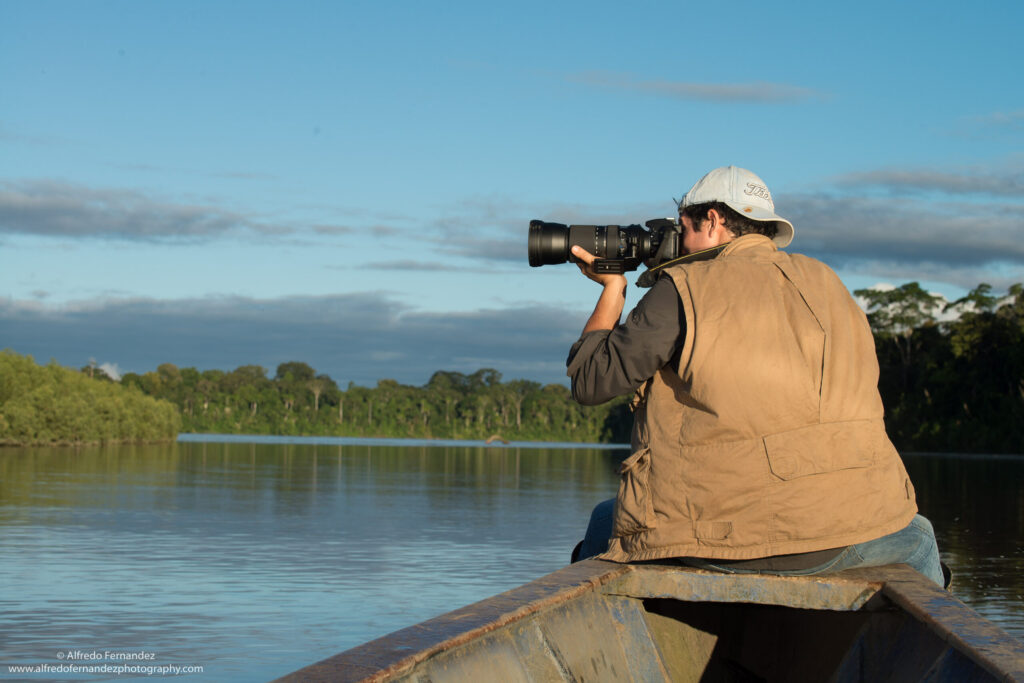
Why is Manu National Park so diverse?
February 21, 2023• Manu National Park• tamboblanquillo
Manu National Park, located in Peru, is renowned for its incredible biodiversity. There are several key reasons why this park stands out as one of the most biodiverse places on Earth. Maintaining the original order of the reasons, let’s delve deeper into each of these factors that contribute to the park’s rich diversity, while expanding the content to achieve an 800-word length:
Varied Ecosystems
Manu National Park spans a wide range of elevations, from the lowland Amazon rainforest to high-altitude grasslands. This diverse range of habitats supports a wide variety of plant and animal species. The park’s elevation gradient allows for the coexistence of a remarkable assortment of ecosystems, each with its unique set of species. The Amazon basin, with its lush rainforests, provides a home for countless species of plants, birds, mammals, and insects. As you ascend in elevation, the vegetation transitions to cloud forests, followed by high-altitude grasslands, and each of these zones harbors distinct life forms. This incredible range of ecosystems creates the perfect conditions for a multitude of species to thrive within a relatively small area.
Untouched Wilderness
A significant reason for the exceptional biodiversity in Manu National Park is the limited human impact on the area. Much of the park remains relatively undisturbed by human activity, a rare characteristic in today’s world. The absence of extensive human development means that natural ecological processes can occur without significant disruption. This allows for the proliferation of diverse species as they interact and adapt to their surroundings, ultimately contributing to the rich tapestry of life in the park.
Research and Conservation Efforts
Ongoing research and conservation efforts in Manu National Park have played a crucial role in documenting and protecting its rich biodiversity. Scientists, conservationists, and local communities have worked tirelessly to study and safeguard the park’s ecological treasures. Through extensive research, we have gained a better understanding of the complex ecological relationships within the park. Conservation efforts have led to the establishment of protective measures and sustainable practices to ensure the continued survival of the park’s unique species and ecosystems.
Geographical Location
Manu National Park’s geographical location is a vital factor contributing to its remarkable biodiversity. Situated in a transitional zone between the Andes and the Amazon basin, the park experiences the convergence of two distinct ecosystems. This unique blend of flora and fauna from both regions creates a dynamic mix of species, fostering biodiversity on an unprecedented scale. The Andes contribute species adapted to high-altitude environments, while the Amazon basin offers a wealth of lowland species, resulting in a biogeographical hotspot within the park.
Protected Status
Manu National Park holds a prestigious status as a UNESCO World Heritage Site and a UNESCO Biosphere Reserve. This internationally recognized protection is essential for preserving the park’s rich biodiversity. It restricts activities that might harm the ecosystem and ensures that conservation efforts are prioritized. The park’s protected status acts as a safeguard against potential threats, both from human activities and external pressures, which could otherwise disrupt the delicate balance of its ecosystems.
Species Evolution and Adaptation
Over millions of years, the varied landscapes of the Manu region have provided ample opportunities for species to evolve and adapt to different environments. These adaptive processes have given rise to a high level of species diversity. Natural selection, genetic diversity, and ecological niches have all played a part in shaping the park’s unique species. The evolutionary history of Manu National Park is a fascinating story of survival and adaptation, resulting in the incredible variety of life we see today.
Migration Routes
Manu serves as a crucial region for bird migration, with many bird species using the park as a stopover point during their seasonal migrations. This phenomenon significantly contributes to the diversity of avian life within the park. The park’s diverse ecosystems, combined with its strategic location along migratory routes, make it a vital resting place for a wide range of bird species. The presence of migratory birds enriches the park’s biodiversity by adding seasonal diversity to its resident species.
Species Endemism
Manu National Park is home to many species that are found nowhere else in the world. These endemic species are exclusive to the park, making it a global hotspot for unique biodiversity. The isolation of certain populations within the park has led to the evolution of distinct species adapted to their particular niches. These endemic species not only add to the park’s ecological significance but also highlight its critical role in global biodiversity conservation.
Climatic Stability
Relative climatic stability in the area over extended periods of time has allowed for the establishment and evolution of diverse and specialized species. The consistency of climate in Manu National Park, with its low variability in temperature and rainfall, has provided a stable environment for numerous species to thrive. This stability has allowed for the specialization of species in their respective niches, further enhancing the park’s biodiversity.
River Systems
The park is intersected by several major rivers, including the Madre de Dios, Manu, and Alto Madre de Dios. These rivers provide a wide range of aquatic habitats, supporting numerous species of fish, amphibians, and reptiles. The presence of these river systems adds to the park’s remarkable biodiversity, as the diverse aquatic ecosystems provide unique niches for various aquatic species. These rivers are lifelines for the park, sustaining not only aquatic life but also influencing the surrounding terrestrial ecosystems.
Manu National Park’s unparalleled biodiversity can be attributed to a combination of factors, each playing a vital role in shaping the park’s unique ecological tapestry. From its varied ecosystems and geographical location to the concerted efforts of conservationists and the presence of endemic species, these elements are intertwined in a delicate web of life. This park is a testament to the wonders of the natural world, showcasing the incredible complexity and interconnectivity of ecosystems. Manu National Park stands as a shining example of what can be achieved when nature is allowed to thrive in its purest form.
Amazon Rainforest Amazon River Manu National Park Peruvian Amazon
Last modified: May 19, 2024
Conservation and Amazon Exploration
Tambo Blanquillo
Tambo Blanquillo Private Nature Reserve, established in 1988, is a leading example of conservation and sustainable tourism. Located by the Madre de Dios River within the Manu National Park buffer zone, it offers exceptional Amazon expeditions, pristine wilderness, and top-ranked accommodation as per TripAdvisor.
Puerto Maldonado Office: Jirón Moquegua 512- Tambopata, Tambopata – Madre de Dios Peru
Contact Us
Email: [email protected]
WhatsApp:
+ 51 982 449 902
Emergency contact numbers:
+51 987 834 993
+51 294 9342




